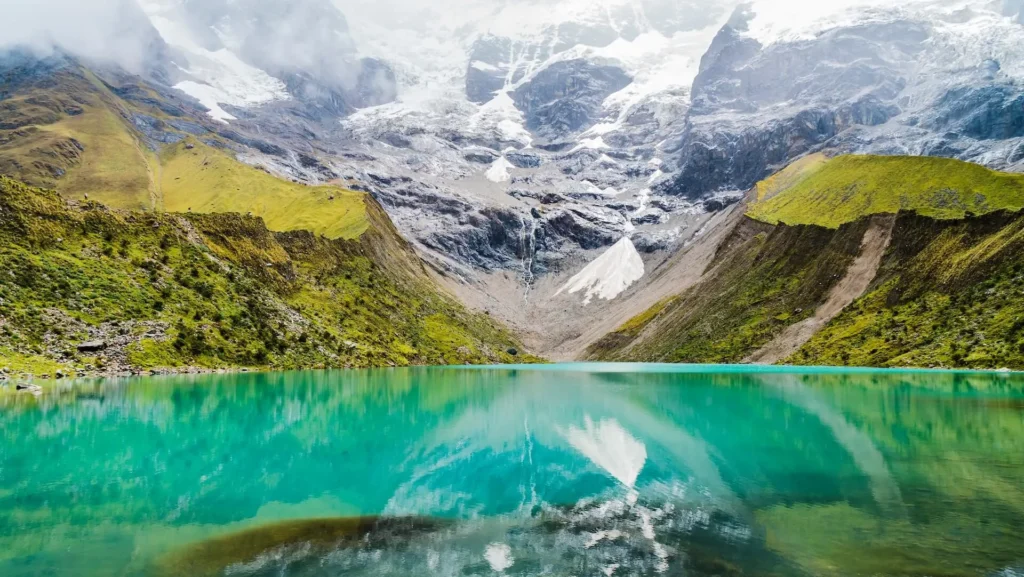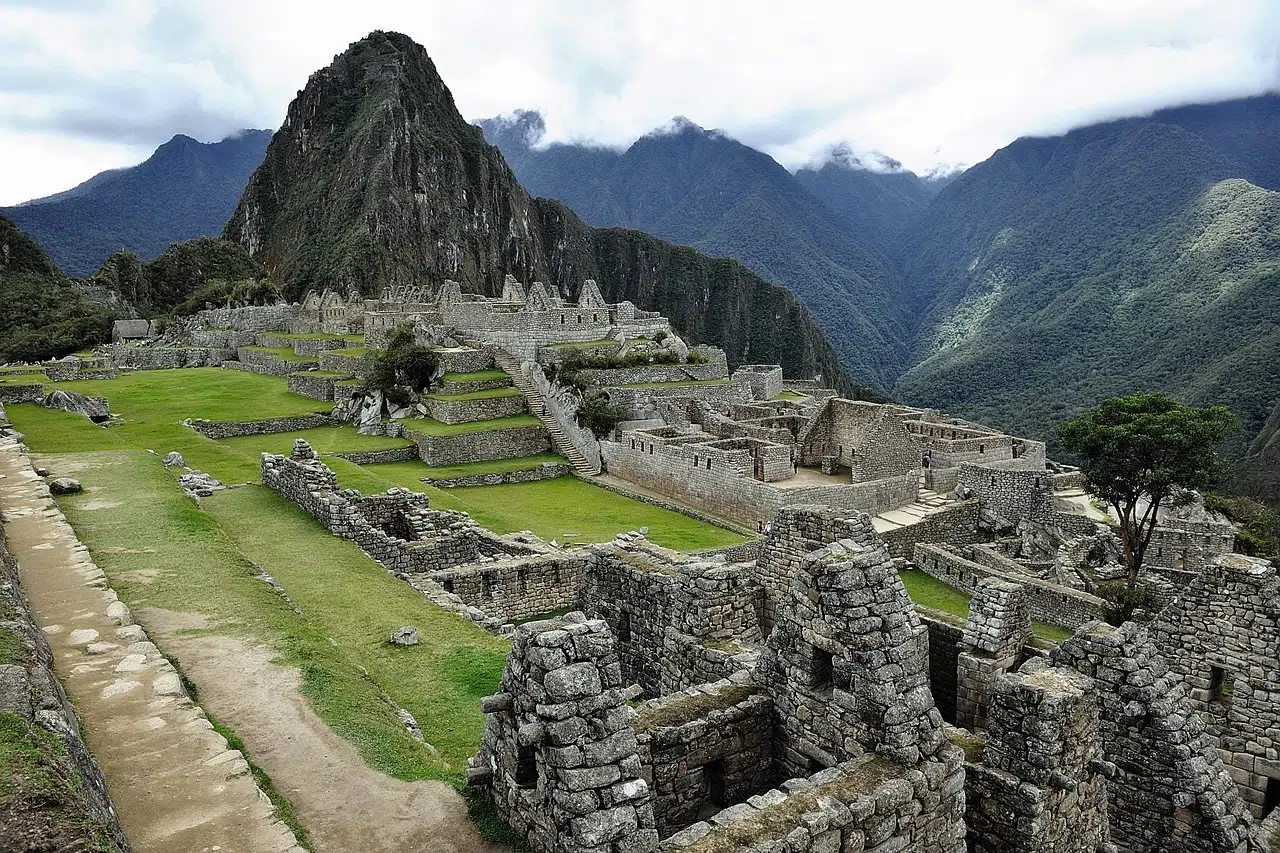The Salkantay Trek is one of the most breathtaking yet challenging hikes in Peru, taking adventurers through extreme altitude variations—from 2,050m (6,726 ft) in Aguas Calientes to a staggering 4,630m (15,190 ft) at the Salkantay Pass 16. Understanding these elevation changes is crucial for proper acclimatization, safety, and enjoyment.
This guide covers key altitude points, acclimatization strategies, difficulty levels, and tips for managing altitude sickness—ensuring you’re fully prepared for this epic Andean adventure.
Salkantay Trek Elevation Profile (Day-by-Day Breakdown)
🌄 Day 1: Cusco (3,400m) → Soraypampa (3,850m) → Humantay Lake (4,200m)
- Starting Point (Mollepata): 2,900m (9,515 ft)
- Campsite (Soraypampa): 3,850m (12,631 ft)
- Highest Point (Humantay Lake): 4,200m (13,780 ft)
- Difficulty: Moderate (gradual ascent)
- Key Challenge: Initial altitude gain; some may feel mild symptoms like shortness of breath.
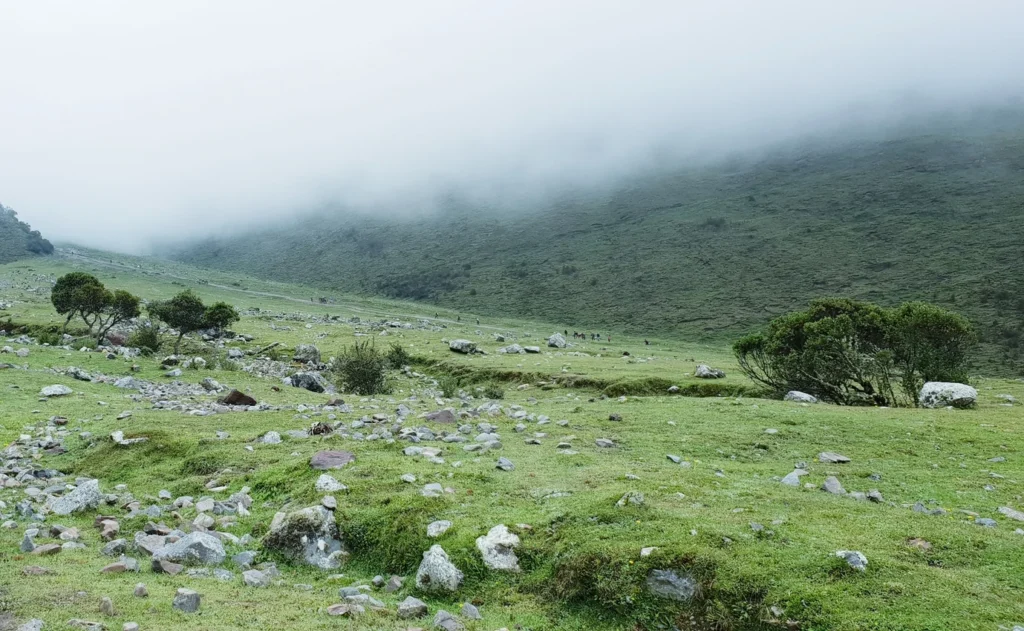
⛰️ Day 2: Soraypampa → Salkantay Pass (4,630m) → Collpapampa (3,000m)
- Highest Point (Salkantay Pass): 4,630m (15,190 ft)
- Descent to Campsite (Collpapampa): 3,000m (9,842 ft)
- Difficulty: Most Challenging (steep ascent + rapid descent)
- Key Challenge: Altitude sickness risk at the pass; oxygen levels drop significantly.
🌿 Day 3: Collpapampa → Lucmabamba (2,000m)
- Descent into Cloud Forest: 2,000m (6,561 ft)
- Difficulty: Moderate (mostly downhill)
- Key Benefit: Easier breathing as oxygen levels increase.
🚂 Day 4: Lucmabamba → Aguas Calientes (2,050m)
- Final Descent: 2,050m (6,726 ft)
- Difficulty: Easy (jungle terrain, minimal elevation change).
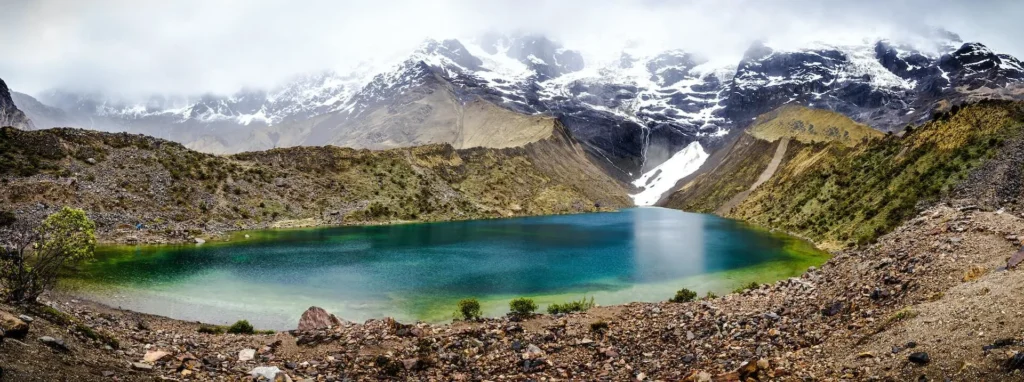
🏛️ Day 5: Machu Picchu (2,430m) & Optional Huayna Picchu (2,720m)
- Machu Picchu Citadel: 2,430m (7,972 ft)
- Huayna Picchu Summit: 2,720m (8,924 ft)
- Difficulty: Moderate (steep stairs at Huayna Picchu).
Why Does Altitude Matter on the Salkantay Trek?
1. Risk of Altitude Sickness (Acute Mountain Sickness – AMS)
Symptoms include headaches, nausea, dizziness, and fatigue, especially above 3,500m (11,483 ft) 4. The Salkantay Pass (4,630m) is a critical point where many trekkers experience discomfort.
2. Oxygen Levels Drop Significantly
- At 4,600m, oxygen is ~50% of sea level.
- Proper acclimatization is essential to avoid severe AMS.
3. Temperature & Weather Extremes
- Salkantay Pass can drop below 0°C (32°F) at night.
- Lower elevations (jungle zone) are warm (15-25°C / 59-77°F).

How to Prepare for High Altitude on the Salkantay Trek
✅ Acclimatization Tips
- Spend 2-3 days in Cusco (3,400m) before trekking.
- Hydrate well (3-4L water/day) and avoid alcohol.
- Drink coca or muña tea (natural altitude remedy).
- Consider Diamox (altitude medication) if prone to AMS.
🏋️ Physical Preparation
- Cardio training (hiking, running, cycling) for endurance.
- Leg strength exercises (squats, lunges) for steep climbs.
- Practice hiking with a weighted backpack (simulate trek conditions).
🚨 Emergency Measures
- Tour operators provide oxygen tanks for severe cases.
- Horses are available for those struggling on Day .
Salkantay Trek vs. Inca Trail: Altitude Comparison
| Trek | Max Elevation | Avg. Campsite Altitude | Difficulty |
|---|---|---|---|
| Salkantay Trek | 4,630m (15,190 ft) | 3,000-3,800m | High (due to Salkantay Pass) |
| Inca Trail | 4,215m (13,828 ft) | 3,000-3,600m | Moderate |
Verdict: The Salkantay Trek is more demanding due to higher elevations and rapid altitude changes.
What is the Highest Altitude on the Salkantay Trek?
The highest point on the Salkantay Trek is the Salkantay Pass, which sits at an impressive 4,630 meters (15,190 feet) above sea level. This pass is reached on the second day of the trek and offers panoramic views of the majestic Salkantay Mountain, the second-highest peak in the Cusco region.
Reaching this altitude can be challenging, especially for those not accustomed to high elevations. However, with proper preparation and acclimatization, it’s an achievable and unforgettable milestone.
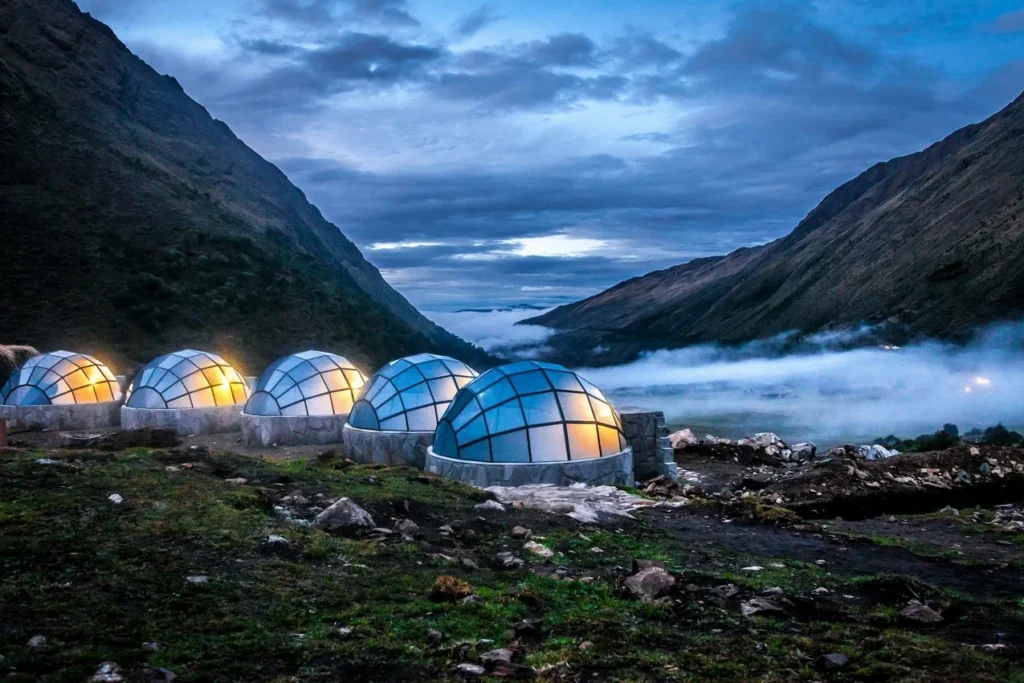
Key Elevation Points Along the Salkantay Trek
To help you visualize the trek’s elevation profile, here’s a breakdown of the key altitude points along the Salkantay Trek route:
- Cusco (3,399 meters / 11,152 feet): The starting point for most travelers. Spend a few days here to acclimatize before the trek.
- Mollepata (2,800 meters / 9,186 feet): The trailhead where the trek officially begins.
- Soraypampa (3,900 meters / 12,795 feet): The first campsite, located at the base of the Salkantay Mountain.
- Salkantay Pass (4,630 meters / 15,190 feet): The highest point of the trek.
- Collpapampa (2,900 meters / 9,514 feet): A lower-altitude campsite after descending from the pass.
- Aguas Calientes (2,040 meters / 6,693 feet): The town at the base of Machu Picchu.
- Machu Picchu (2,430 meters / 7,972 feet): The iconic Inca citadel and the trek’s final destination.
How to Prepare for High Altitude on the Salkantay Trek
High altitude can be a challenge, but with the right preparation, you can minimize the risks and enjoy your trek to the fullest. Here are some essential tips:
- Acclimatize in Cusco: Spend at least 2-3 days in Cusco before starting the trek to allow your body to adjust to the altitude.
- Stay Hydrated: Drink plenty of water to combat the effects of altitude.
- Walk Slowly: Take your time, especially on steep ascents, to avoid overexertion.
- Consider Medication: Consult your doctor about altitude sickness medication like acetazolamide (Diamox).
- Eat Light Meals: Opt for easily digestible foods to avoid stomach issues.
Tips for Acclimatization and Avoiding Altitude Sickness
Here’s how to reduce your risk:
- Recognize the Symptoms: Headaches, nausea, dizziness, and shortness of breath are common signs of altitude sickness.
- Use Coca Leaves: Locals swear by coca leaves or coca tea to alleviate altitude symptoms.
- Avoid Alcohol and Caffeine: These can dehydrate you and worsen altitude sickness.
Salkantay Trek Elevation Map and Daily Breakdown
To help you visualize the trek’s elevation changes, here’s a daily breakdown:
- Day 1: Mollepata (2,800m) to Soraypampa (3,900m) – Gradual ascent.
- Day 2: Soraypampa (3,900m) to Salkantay Pass (4,630m) to Collpapampa (2,900m) – Steep ascent and descent.
- Day 3: Collpapampa (2,900m) to La Playa (2,100m) – Gradual descent.
- Day 4: La Playa (2,100m) to Aguas Calientes (2,040m) – Mostly flat with a slight descent.
- Day 5: Aguas Calientes (2,040m) to Machu Picchu (2,430m) – Short ascent to the citadel.
Frequently Asked Questions About Salkantay Trek Altitude
1. Is the Salkantay Trek harder than the Inca Trail?
Yes, the Salkantay Trek is considered more challenging due to its higher altitude and steeper ascents.
2. Can I do the Salkantay Trek without prior trekking experience?
Yes, but you should be in good physical condition and prepare adequately for the altitude.
3. What is the best time to do the Salkantay Trek?
The dry season (April to October) is the best time, as the weather is more stable and the trails are less slippery.
Ready to Conquer the Salkantay Trek?
Now that you know all about the Salkantay Trek altitude and elevation, it’s time to start planning your adventure! Whether you’re a seasoned trekker or a first-time hiker, this journey will leave you with unforgettable memories.
📌 Pro Tip: Download our free Salkantay Trek packing list to ensure you’re fully prepared for the challenge. And if you’re ready to book your trek, check out our exclusive Salkantay Trek packages for the best deals and expert guides.

